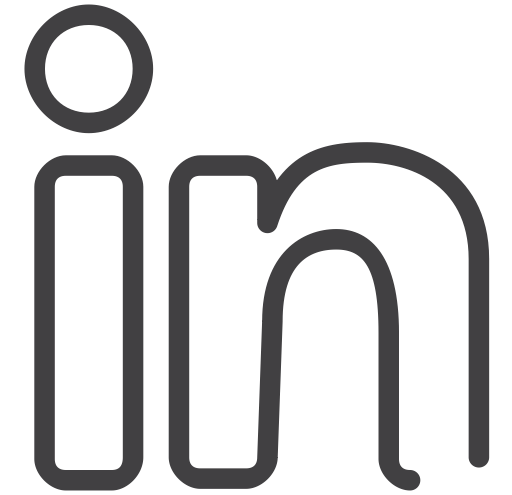Elevating Your Web Development: Transitioning from Ruby on Rails to Phoenix Framework
In the ever-evolving landscape of web development, staying abreast of new technologies can be a key factor in ensuring your applications are performant, scalable, and maintainable. One such transition that developers are increasingly considering is moving from Ruby on Rails to the Phoenix Framework. While both frameworks offer robust solutions for building web applications, Phoenix brings a set of unique advantages that might make it the right choice for your next project. In this blog post, we'll explore the reasons for transitioning and provide examples to guide you through the process.
Why Move to Phoenix?
- Performance:Phoenix is built on the Elixir programming language, which runs on the Erlang Virtual Machine (BEAM). This architecture provides unparalleled performance, concurrency, and fault tolerance. As your application scales, Phoenix can handle a massive number of simultaneous connections efficiently.
- Scalability:With a focus on scalability, Phoenix channels enable real-time communication between clients and servers, making it easier to implement features like live updates and notifications. The framework is designed to handle a large number of concurrent connections, making it well-suited for applications with high traffic.
- Elixir Language Features:Elixir, the programming language behind Phoenix, is known for its functional and concurrent programming paradigms. Pattern matching, lightweight processes, and fault tolerance are among the language features that make Elixir powerful and enjoyable to work with.
Examples of Transitioning from Rails to Phoenix:
Routing:In Ruby on Rails, routes are defined in the config/routes.rb file. Phoenix uses the router.ex file for routing. Here's a simple comparison:
# config/routes.rb
get 'welcome/index'
# router.ex
get "/welcome", WelcomeController, :indexControllers: Controllers handle incoming requests and manage the flow of data. Here's a basic controller example in both frameworks:
# app/controllers/welcome_controller.rb
class WelcomeController < ApplicationController
def index
render plain: "Hello, Rails!"
end
end
# welcome_controller.ex
defmodule MyApp.WelcomeController do
use MyApp.Web, :controller
def index(conn, _params) do
text(conn, "Hello, Phoenix!")
end
Views:Views in Phoenix follow a similar pattern to Rails, with templates for rendering HTML. Here's a simple example:
<!-- app/views/welcome/index.html.erb -->
<h1>Hello, Rails!</h1><!-- web/templates/welcome/index.html.eex -->
<h1>Hello, Phoenix!</h1>Database Queries:Both frameworks use an ORM for database interactions. In Rails, you might use ActiveRecord, while Phoenix uses Ecto. Here's a quick comparison:
# app/models/user.rb
class User < ApplicationRecord
end
# web/models/user.ex
defmodule MyApp.User do
use MyApp.Web, :model
schema "users" do
field :name, :string
# other fields...
endConclusion:
Transitioning from Ruby on Rails to the Phoenix Framework is a strategic move for developers seeking enhanced performance, scalability, and a robust concurrent programming model. While the learning curve might be present, the benefits provided by Phoenix make the effort worthwhile. By understanding the basic concepts and examples provided in this blog post, you can embark on a smooth migration journey and unlock the full potential of Phoenix for your web development projects.


